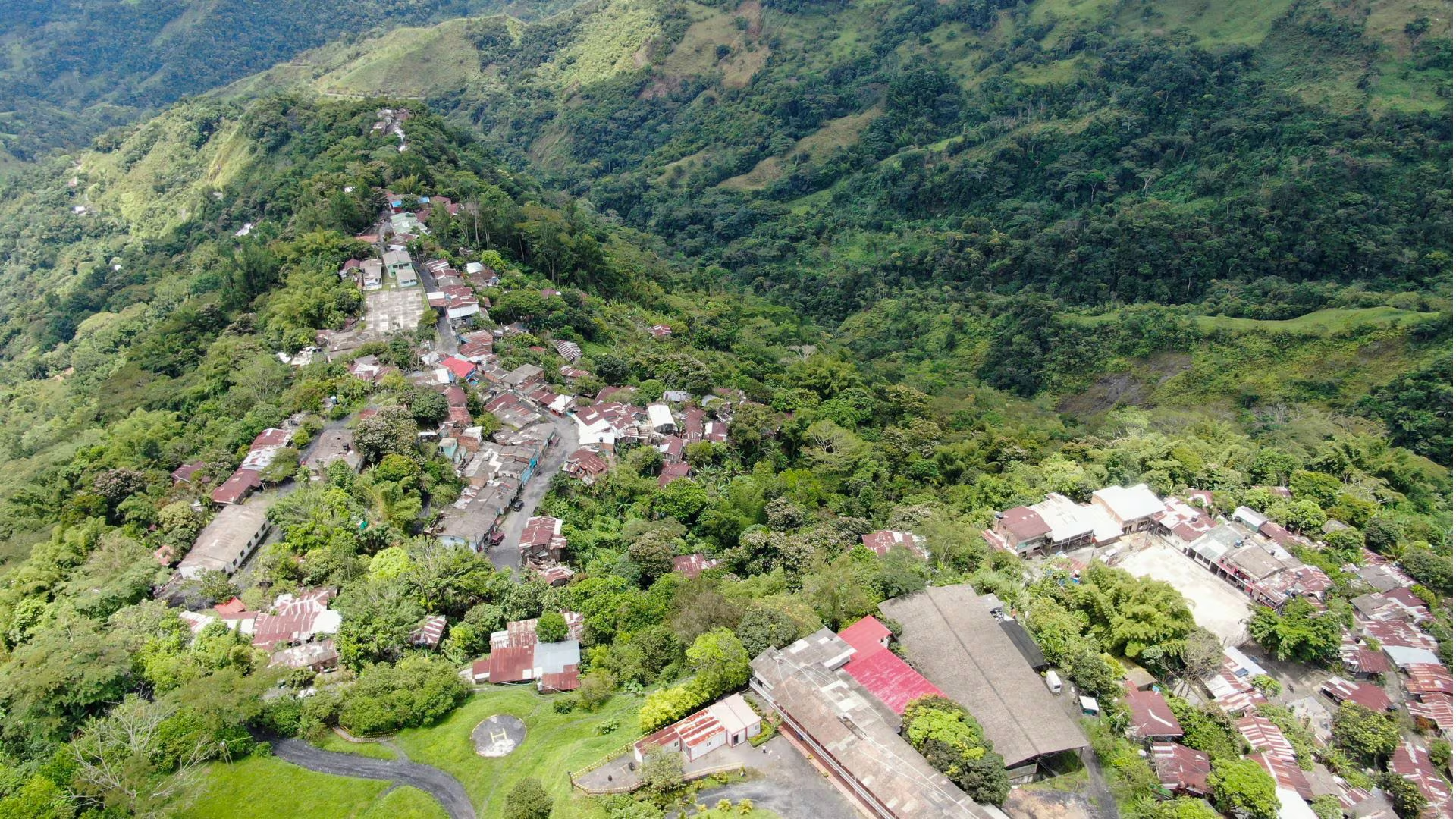
Coscuez
The Emerald That Holds Centuries of History and Legend
Pre-Columbian Era (before the 16th century)
The Muzo indigenous people controlled the Coscuez mines, where emeralds were considered sacred stones and symbols of spiritual power.
Spanish Conquest (16th century – around 1537)
After learning of the mines’ existence, the Spanish began intense forced exploitation of Coscuez, leading to conflicts with the native peoples.
Colonial Era (17th – 18th centuries)
The Coscuez mines, along with Muzo and Chivor, became one of the main emerald sources for the Spanish Crown. Many of these gems were shipped to Europe as symbols of wealth and status.
19th Century (Independence and New Concessions)
Following Independence, exploitation passed to the Colombian State, which granted concessions to individuals and foreign companies to work in Coscuez.
20th Century (Private Exploitation and Social Tensions)
The Coscuez mine experienced disputes over production control, involving small-scale miners, private companies, and local conflicts over access to the “green wealth.”
21st Century (Modernization and Global Outlook)
Today, the Coscuez mine is operated with new technologies and the presence of multinational companies. It is projected as one of the deposits with the greatest potential worldwide, keeping Boyacá’s emerald tradition alive.
